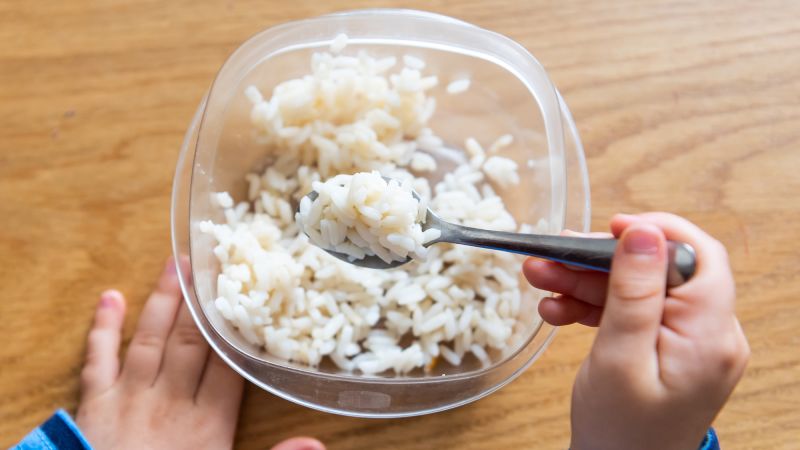A recent report shared with CNN reveals that rice samples from over 100 brands in the U.S. contain concerning levels of arsenic and cadmium, both linked to serious health issues like diabetes, developmental delays, and heart disease. Jane Hourihan, Research Director for Healthy Baby, emphasizes that even low levels of these metals pose risks, particularly to young children, who can experience reduced IQ and behavioral problems from early exposure.
Notably, one in four samples exceeded the FDA’s safety limits for inorganic arsenic in infant grains, and rice emerges as a significant source of arsenic exposure for young children, surpassing infant grain levels. While the American Federation claims U.S. rice has some of the lowest arsenic levels globally, the report contradicts this, highlighting that rice alone accounts for 17% of dietary arsenic, with higher rates in Latino and Asian children.
The research analyzed 145 rice varieties and found that rice contained about 28 times more arsenic than other ancient grains. Although rice also had elevated cadmium levels, the overall metal exposure was lower compared to other grain options. The report details how rice type and growing practices influence contamination levels, with brown and wild rice typically exhibiting higher arsenic levels.
Consumers are urged to check rice sources, as not all brands label origin clearly. It’s suggested that cooking rice like pasta—using excess water—can remove up to 60% of arsenic. Further precautions like soaking rice and pairing it with nutrient-rich foods can help mitigate risks. Experts call for better labeling and federal oversight to reduce exposure, especially in children.
Source link


